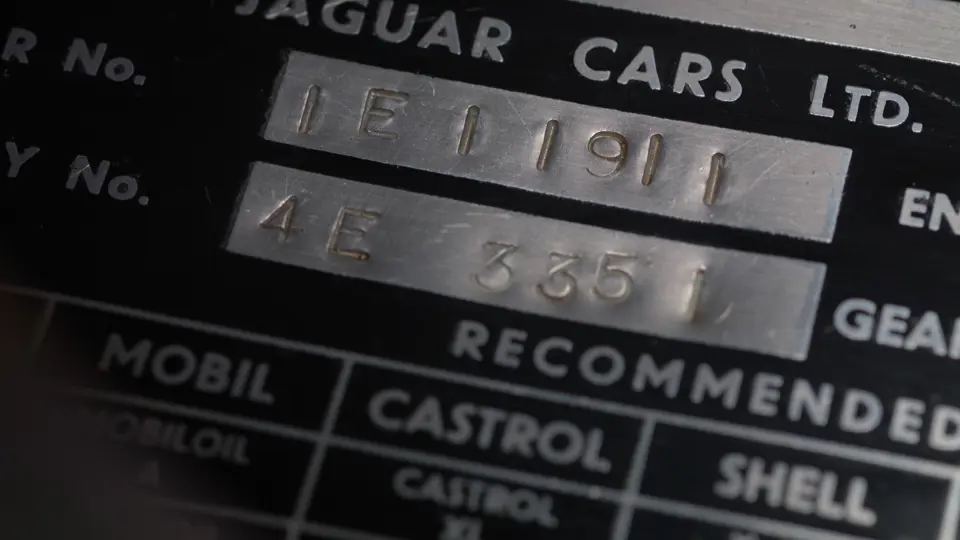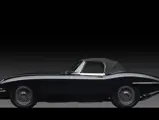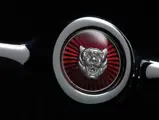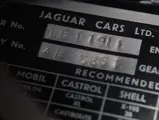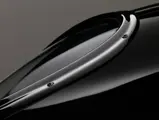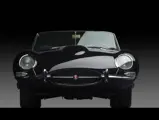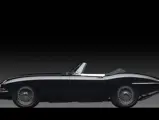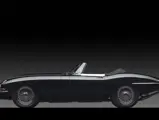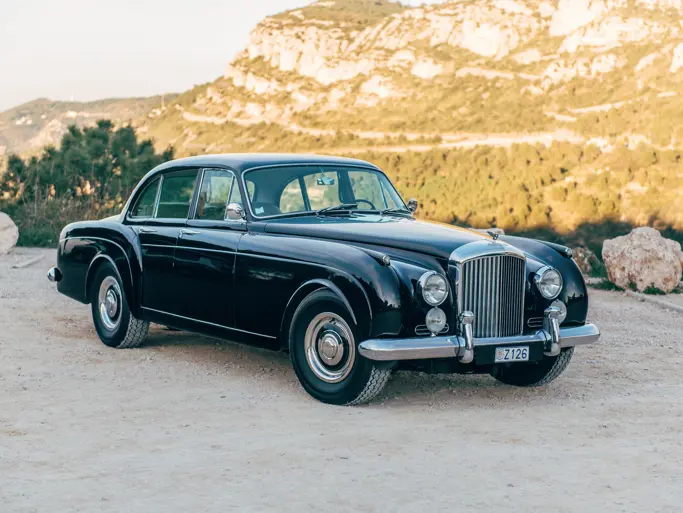“The body’s subtle, swelling curves and depressions reflect carefully calculated geometries based on the ellipse. The most prominent feature—the long, projecting hood—is modeled with a distinctive ‘power bulge’ that runs down the hood’s center to accommodate the powerful engine. Louvered air-intake panels penetrate the otherwise smooth surface. The hood curves down to a grille-less nose that sucks in air to cool the engine. The gently swelling fenders terminate in glass cowl headlights that are seamlessly encapsulated into the body. The view of the car’s contours is as compelling to the driver as to the passerby.”
These are the words that the Museum of Modern Art in New York City uses to describe one of its larger acquisitions. The sculpture is described as having a “steel body: 47" x 64½" x 14′ 7½".” It is a Jaguar E-Type Roadster that has been credited to Sir William Lyons, Malcolm Sayer, and William M. Heynes. No one can deny that their magnum opus, this car, has not sunk as indelibly as the most famous of paintings into the world’s consciousness. The E-Type is, quite simply, one of the most famous and instantly recognizable mechanical shapes ever created.
The design of the car was birthed from the D-Type, a full-out racing car with sensuously curved aerodynamic styling that had achieved tremendous success in international competition. As it required a new, competitive production model, Jaguar’s management set about developing the design into a car that was suitable for road use. The famous, feline curves were developed by Sayer, a trained aerodynamicist, using wind tunnel testing and aircraft principles. They were constructed around a lightweight monocoque that had a tubular sub-frame to carry the engine, front suspension and steering, and an independent rear axle.
The E-Type debuted in Geneva in 1961, and it became a smashing success, because it offered so much for relatively little. It was no more expensive than most other sports cars, but it was more beautiful than the priciest offerings from other manufacturers, and it had 150-mph performance with outstanding road manners. While the design would evolve over its 13 years of production, it never ceased being as beautiful as when it was first created.
The Roadster offered here is documented by the Jaguar Daimler Heritage Trust as having been delivered new through Jaguar Cars, of New York, to Oceana Aerial Surveys, of San Marino, California, on December 23, 1965—Merry Christmas, indeed! This later Series I model retains the desirable covered headlamps, which are appreciated by both MoMA’s curators and Jaguar enthusiasts, and incorporates the desirable 4.2-liter engine, with its improved power and torque resulting in a perfect storm of beauty and brawn, which is mated to a four-speed transmission.
The famously car-friendly California climate can be credited to the excellent state of preservation in which this Jaguar spent its first four-and-a-half decades, in the care of its original owner’s family. Following its sale by the family, the E-Type was brought to the Jaguar specialists at Classic Showcase. When it arrived, it was still wearing its original interior and paint, and it was an excellent “survivor,” with 71,000 actual miles. The originality of the car provided a perfect candidate for a comprehensive rotisserie restoration to modern show standards.
The body (number 4E3351) was stripped to the bare metal, mounted on a rotisserie, and properly metal-finished with lead to ensure smooth, straight panels. All body parts and chrome were then test-fitted to the body, to ensure a proper fit, before the body was correctly painted and refinished in an elegant Black, with an amazingly deep shine and finish. The brightwork was all triple-plated to the highest of concours standards, for an amazing shine. Chrome wire wheels add a glow about the wheel arches.
The interior was fitted with new, custom-tailored materials, including new seats, carpet, door panels, and dashboard covering. The top bows were fully restored before being fitted with a new black convertible top that was custom-sewn and fitted to original specifications. Even the correct and difficult to duplicate “shot bag,” a narrow tube of lead shot that prevents the top from billowing in the wind, was sewn and installed to ensure a completely accurate restoration. All dashboard instruments, the switchgear, and knobs were properly restored, including the Blaupunkt radio.
The original, matching-numbers 4.2-liter engine (number 7E6555-9, mated to gearbox number EJ5705) was rebuilt to factory specifications by being machined and calibrated with new pistons, an oil pump, a timing chain, bearings, valves, guides, and seals. The head and carburetors were fully rebuilt, and the driveshaft was properly balanced. As with all aspects of this restoration, New Old Stock parts were used extensively, whenever possible.
Notably, “Black Beauty” was the name her restorers gave her, and it is how this amazing E-Type has become known on the concours circuit. In 2011, the car was shown in three separate Jaguar Club of North America-sanctioned events, achieving a 100-point score every time, and it was recognized as a JCNA National Champion. It was also a First in Class winner at the Dana Point Concours and the Desert Classic. Most prominently, it was invited by Jaguar to be part of its corporate display on Peter Hay Hill at the 2013 Pebble Beach Concours d’Elegance, where it was the E-Type selected to share space with a C-Type, D-Type, and the new F-Type—elite company, indeed.
Few E-Types have ever been restored to this standard, and perhaps none have been so all-conquering on the field, or so accepted by the factory as a standard of perfection. Black Beauty is not just another E-Type; it is a world-class Jaguar with attention to detail that is as striking as its very shape.
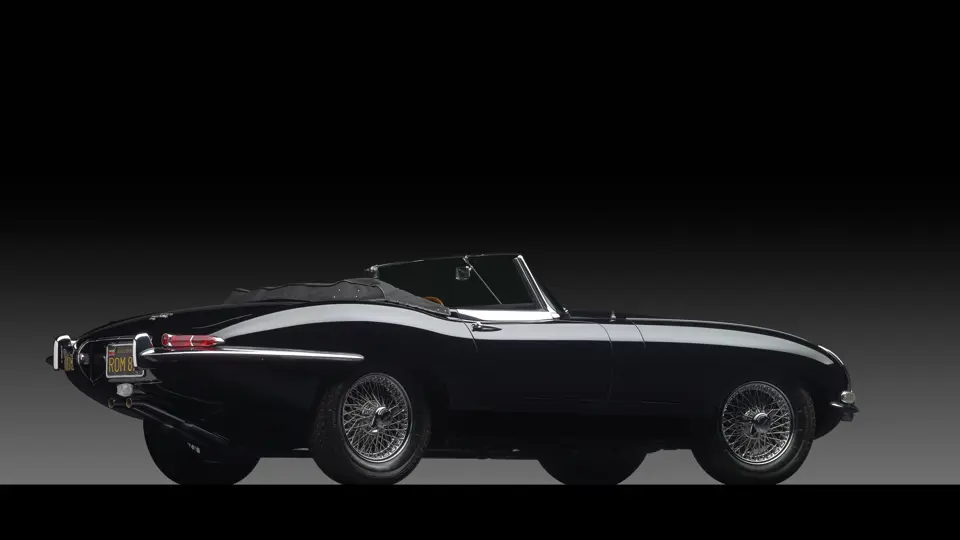




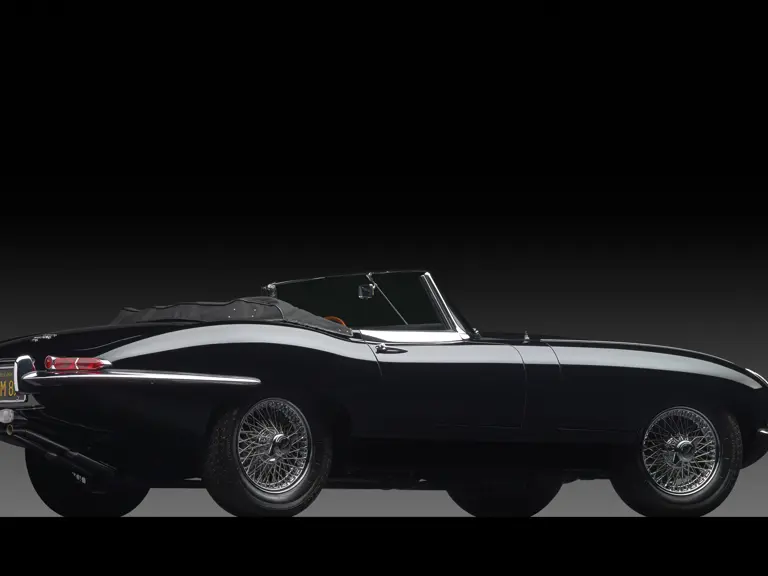
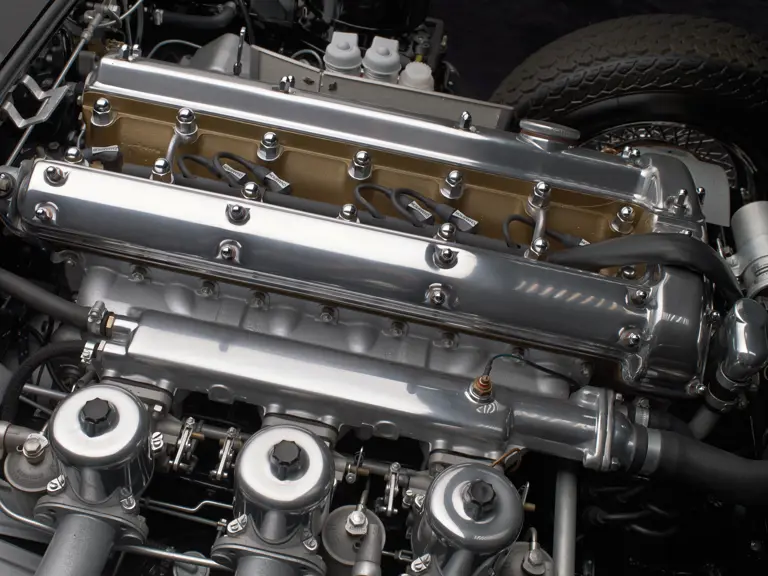
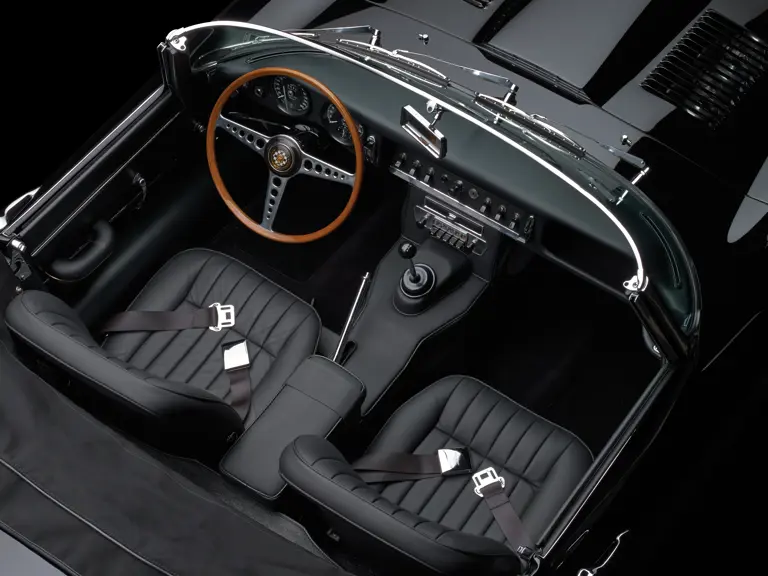
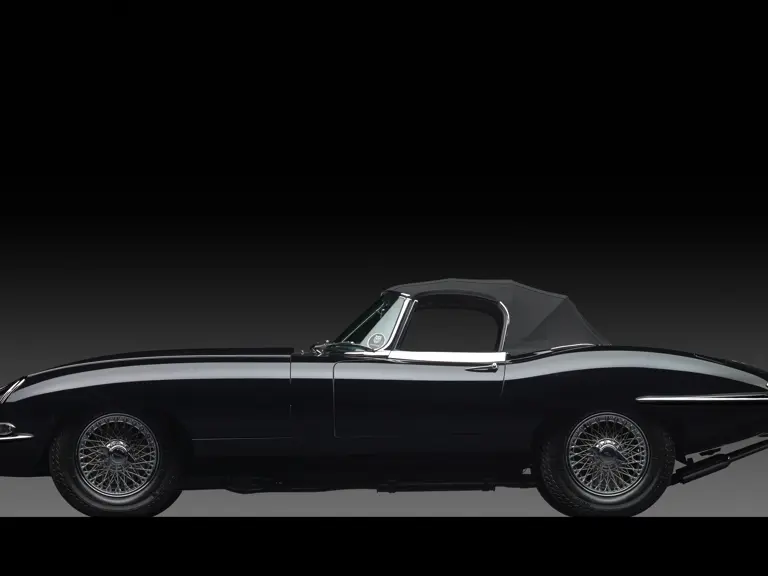


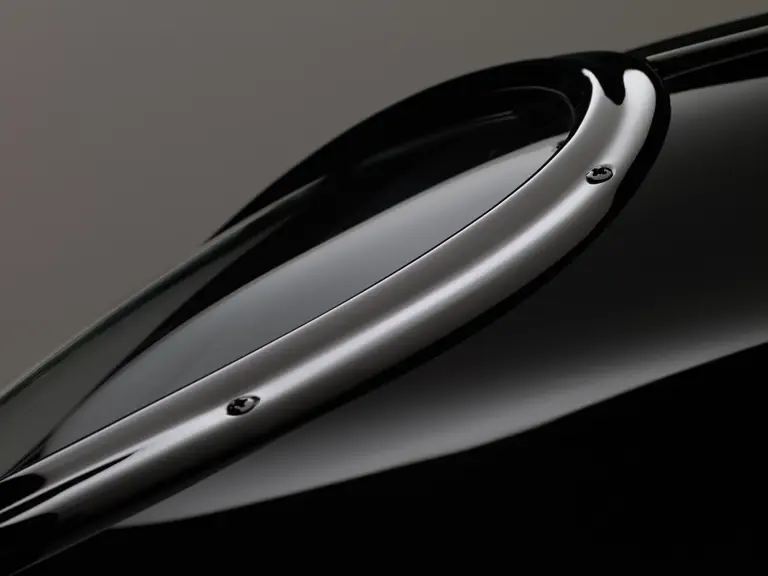
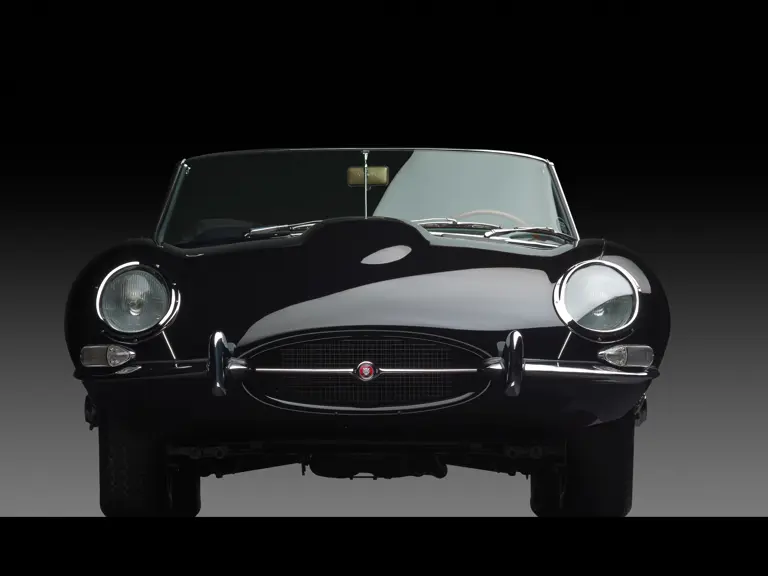
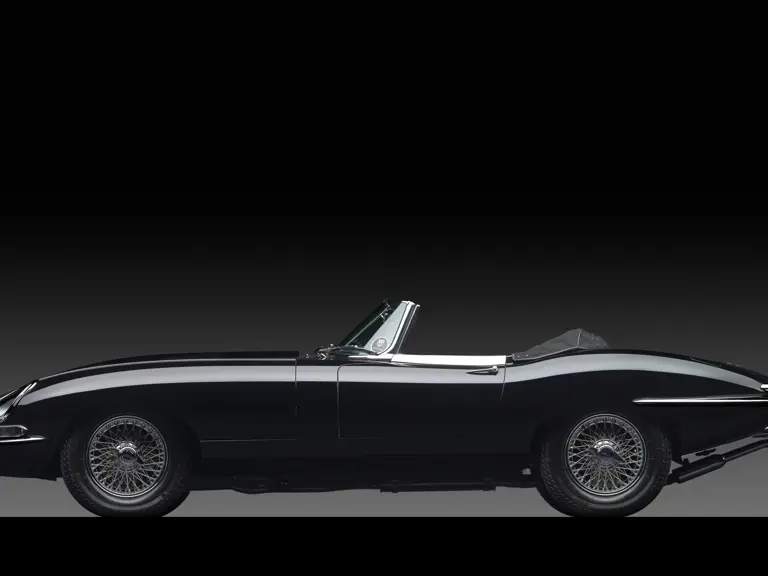
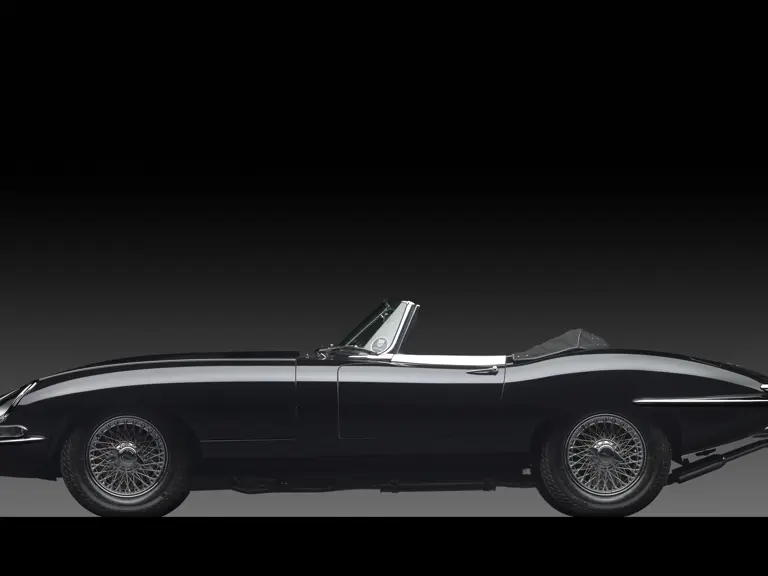
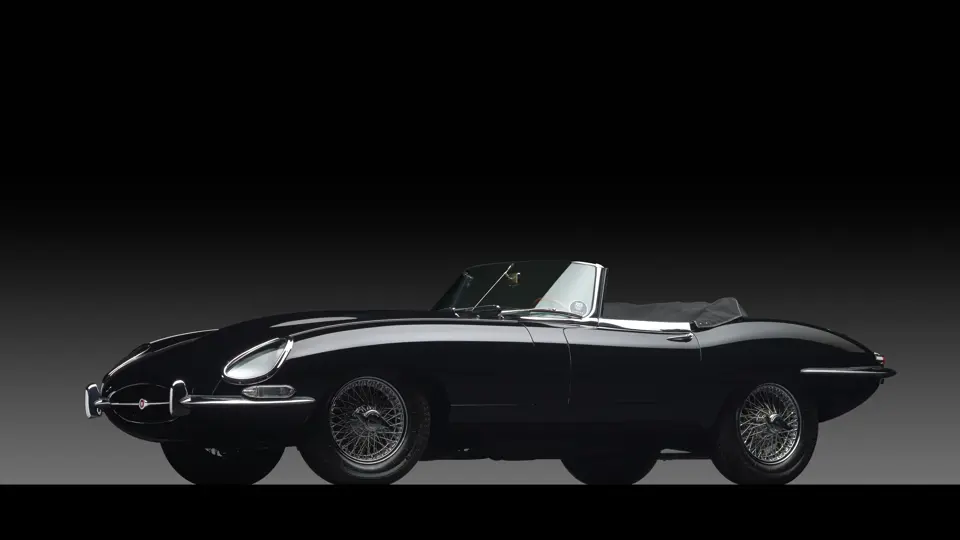
 | New York, New York
| New York, New York


